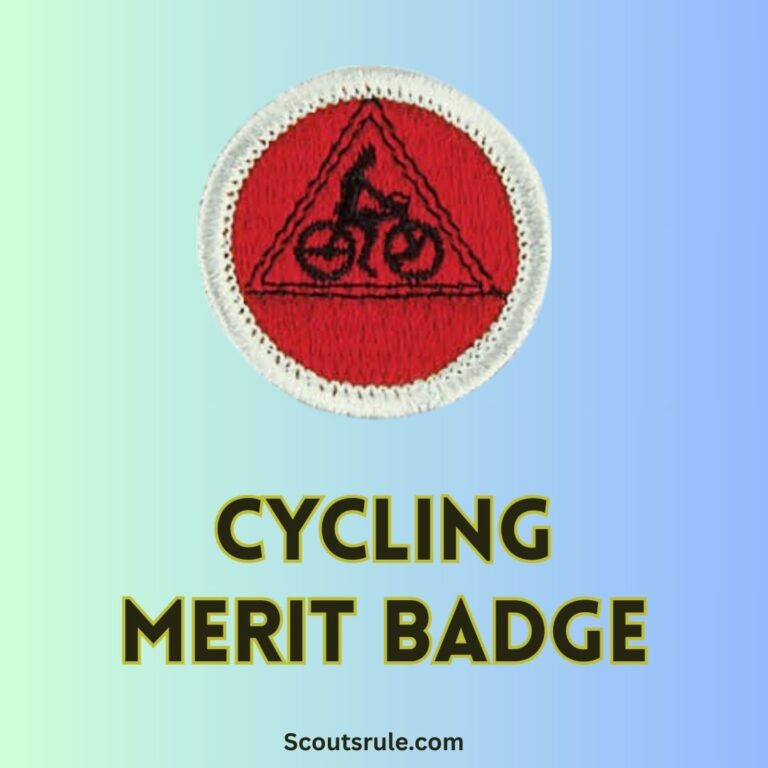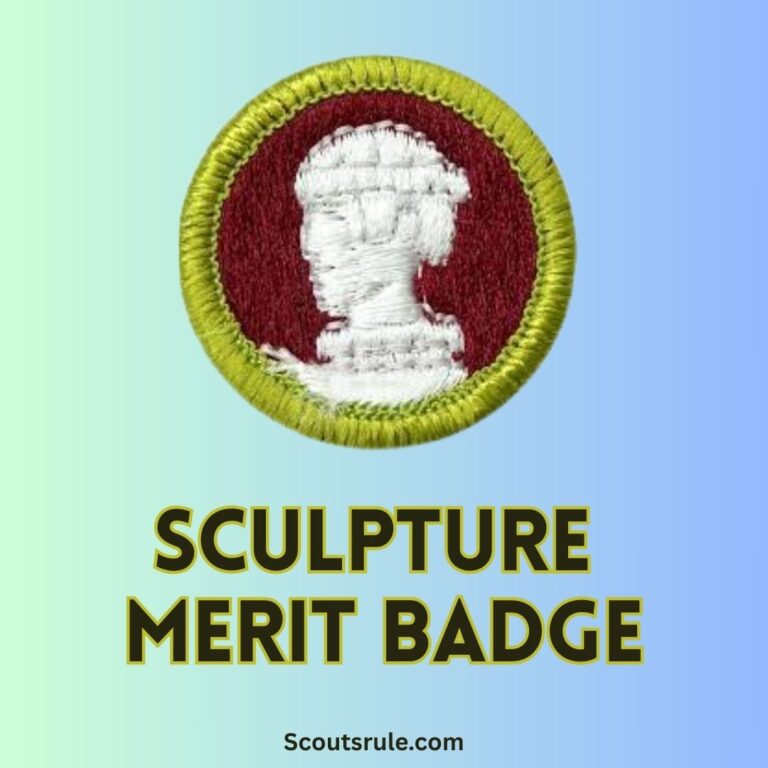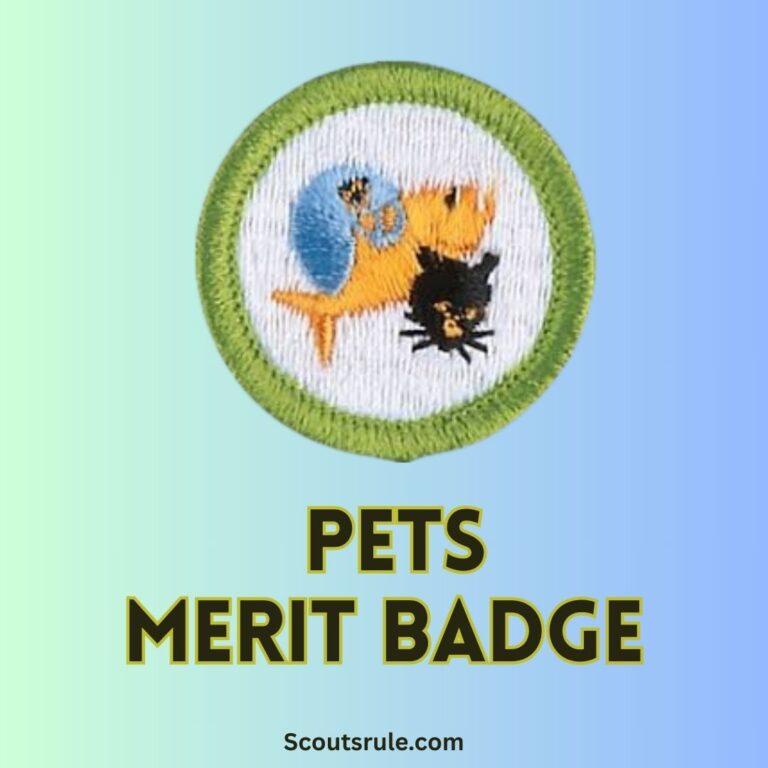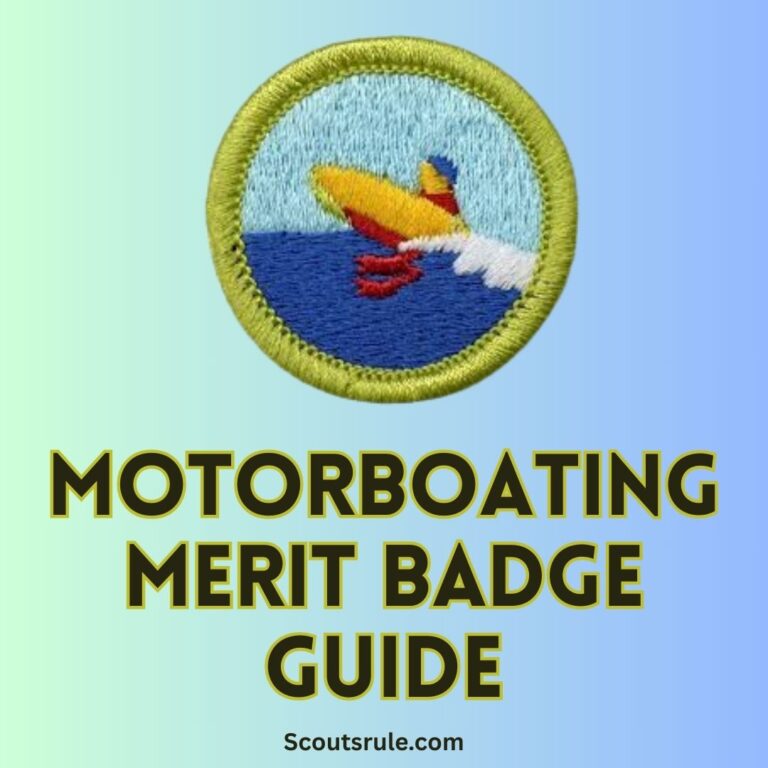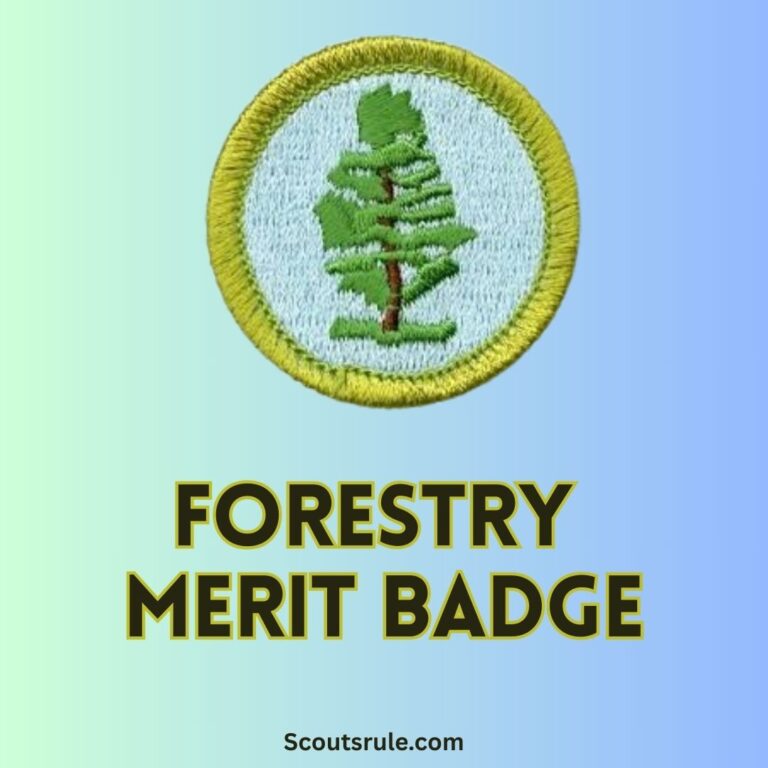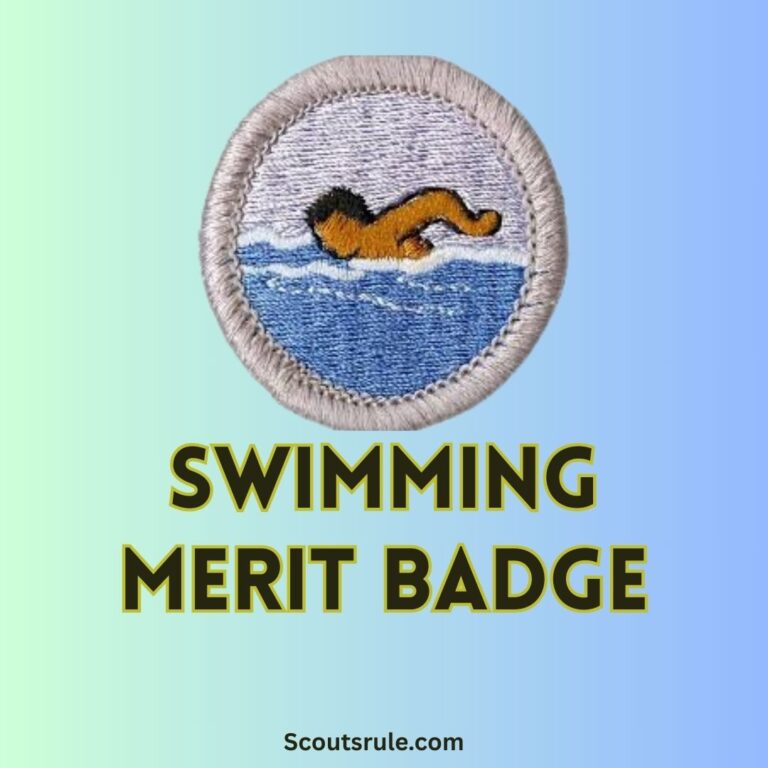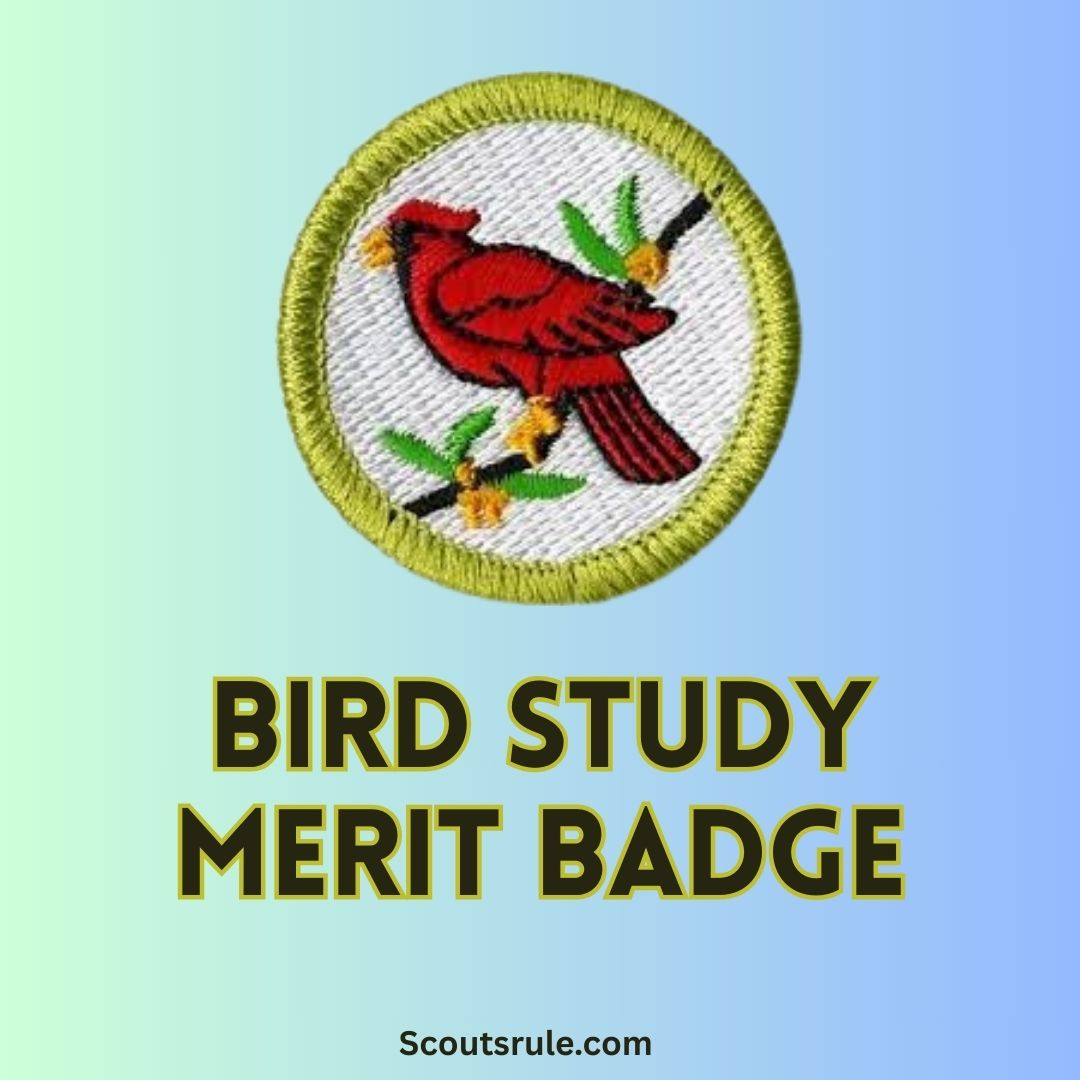
Below is a comprehensive guide to the Bird Study Merit Badge that is designed to help you explore the fascinating world of birds, understand their impact on our environment, and develop both your observational and research skills. This guide offers an in‑depth overview of typical requirements, project ideas, documentation strategies, and tips for further exploration. Remember, this guide is meant to serve as an educational resource and study aid to supplement the official Boy Scouts of America merit badge pamphlet. Always work closely with your merit badge counselor and refer to the current official guidelines to ensure that your work meets local council standards.
Post Contents
- Introduction: The Beauty and Importance of Birds
- 2. Purpose and Objectives of the Bird Study Merit Badge
- 3. Overview of Badge Requirements
- 4. Field Projects and Hands‑On Activities
- 5. Documentation, Record Keeping, and Presentation Strategies
- 6. Additional Tips, Resources, and Career Connections
- Conclusion: Lifelong Learning and Stewardship of Birds
Introduction: The Beauty and Importance of Birds
Birds have long captivated humans with their vibrant colors, unique songs, and extraordinary flight capabilities. Their presence in nearly every habitat—from urban parks to remote wilderness areas—makes them excellent indicators of environmental health. The Bird Study Merit Badge is designed to foster an appreciation for these winged creatures and to help you develop critical field observation skills while learning about the roles birds play in ecosystems. By studying birds, you gain insights into the interactions within nature, learn about migration and behavior, and appreciate the intricate balance of habitat, climate, and survival strategies.
This badge is not only a way to build your skills in observation and recording but also an opportunity to contribute, even in a small way, to understanding the natural world. Whether your interest lies in the delicate beauty of songbirds or the powerful flight of raptors, this merit badge will guide you through exploring avian diversity with both enthusiasm and scientific rigor.
2. Purpose and Objectives of the Bird Study Merit Badge
The Bird Study Merit Badge is designed to help Scouts:
- Deepen They Understanding of Ecosystems: Learn why birds are useful indicators of environmental quality. Discover how birds interact with their habitat and the roles they play in their ecosystems, from pollination to seed dispersion.
- Develop Observation and Research Skills: Gain proficiency in field observation, species identification, and note‑taking. Learn to use field guides, binoculars, and other optical instruments to study birds in their natural environment.
- Enhance Safety and Ethical Practices: Understand proper bird-watching etiquette and the importance of minimizing disturbance to wildlife. Learn safe practices for using optical equipment outdoors.
- Integrate Scientific Thinking: Develop skills in making systematic observations, recording data, and analyzing patterns or behaviors in birds. Use these skills to draw informed conclusions about habitat health and species diversity.
- Explore Career Opportunities: Investigate potential career fields related to ornithology, wildlife conservation, environmental science, and ecological research.
By achieving these goals, you develop a lifelong appreciation for nature while equipping yourself with the techniques and ethical standards necessary for responsible observation and conservation.
3. Overview of Badge Requirements
While you must check the current official BSA pamphlet for precise wording, the following is a general outline of the typical requirements and key tasks for the Bird Study Merit Badge:
3.1 Requirement 1: Ecosystem and Environmental Indicators
Objective: Explain why birds are valuable indicators of environmental health and describe how they interact with their ecosystem.
Points to Address:
- Discuss how bird populations can indicate the quality of a habitat (e.g., water quality and presence of contaminants).
- Explain interactions such as predation, pollination, and seed dispersal.
- Reflect on why studying birds can help detect early signs of ecosystem imbalances.
Tips:
- Use diagrams or flow charts to illustrate food chains or symbiotic relationships.
- Support your discussion with examples from local environments.
3.2 Requirement 2: Bird Anatomy and Terminology
Objective: Demonstrate familiarity with the terminology and anatomy used to describe birds.
Tasks:
- Sketch or trace a diagram of a perched bird and label at least 15 different parts (e.g., beak, wing, tail, primary flight feathers, secondary feathers, talons, etc.).
- Draw or trace an extended wing and label at least six different types of wing feathers (for example, primary, secondary, covert feathers).
Tips:
- Practice detailed drawing or tracing. Accurate labeling is crucial.
- Use multiple sources (field guides, textbooks) to verify your labels.
3.3 Requirement 3: Use and Care of Optical Instruments
Objective: Demonstrate that you know how to properly use and care for binoculars, a spotting scope, or a monocular.
Parts:
- a. Specifications: Explain what the numbers mean on these devices (e.g., the magnification and objective lens diameter on binoculars such as 10×42).
- b. Adjustments: Show how to adjust the eyepiece focus and demonstrate focusing for clear viewing.
- c. Care and Cleaning: Describe proper cleaning techniques for optical lenses, including the use of lens cleaning solutions and microfiber cloths.
- d. Application: Discuss in which circumstances each type of device is most effective—for example, binoculars for wide-field viewing of bird flocks versus a spotting scope for detailed observations of a distant raptor.
Tips:
- If possible, bring your own optical device to a field meeting. Demonstrate your knowledge with hands‑on practice.
- Include photos or diagrams of adjustments and cleaning steps.
3.4 Requirement 4: Using a Bird Field Guide
Objective: Demonstrate proficiency in using a bird field guide to identify species and understand their ranges.
Tasks:
- Show your counselor how to use a field guide to locate the wintering, breeding, or year‑round range of one species from each of the following groups:
- Seabird
- Plover
- Falcon or hawk
- Warbler or vireo
- Heron or egret
- Sparrow
- Nonnative bird (an introduced species)
Tips:
- Use printed field guides and online resources. Explain the meaning of range maps and how to interpret them.
- Point out distinctive markings, behavior cues, and habitat preferences found in your field guide.
3.5 Requirement 5: Observing and Identifying Wild Birds
Objective: Observe and be able to identify at least 20 species of wild birds.
Tasks:
- Keep a detailed field notebook and make a separate entry for each species you observe.
- For each species, record the following:
- Date, time, and location of observation
- Behavior (feeding, nesting, flight pattern)
- Habitat description (type of trees, water bodies, or open fields)
- Any distinctive markings or vocalizations
- Use additional references (field guides, websites, or local birdwatching clubs) to confirm your identifications.
Tips:
- Plan multiple outings to maximize your bird encounters.
- Include sketches or photographs if possible.
- Compare your observations with known ranges and descriptions from your field guide.
3.6 Additional/Optional Requirements
Some versions of the merit badge requirements may include additional tasks or topics in bird study. If available, be sure to review these sections and prepare accordingly. They might involve further research on migratory patterns, conservation issues, or even a presentation on the cultural and ecological significance of birds.
4. Field Projects and Hands‑On Activities
Practical experience is essential in building your understanding of birds. Consider these project ideas:
- Guided Walks and Birding Outings: Arrange a bird-watching outing with a local birding club, your scout troop, or family members. Practice identifying species in real time and record your observations in your field notebook.
- Bird Call Recording: If you have access to a digital recorder or smartphone, record the songs or calls of several bird species. Compare these recordings with information from field guides to learn which species they belong to.
- DIY Bird Feeders or Houses: Build a simple bird feeder or a birdhouse. This project not only helps attract local birds for observation but also teaches you skills in design, construction, and care for wildlife.
- Data Collection on Bird Migration: Research local migratory patterns through online resources or interviews with local ornithologists. Document your findings and present them as part of your research.
Document each project with photographs, sketches, and detailed written descriptions. Whether you create a digital slideshow or a physical binder, keep your work organized by project and date.
5. Documentation, Record Keeping, and Presentation Strategies
Your documentation is crucial for demonstrating your competency and learning in the Bird Study Merit Badge. Consider these strategies:
- Keep a Field Notebook: Record every bird-watching session with detailed entries. Entries should include dates, locations, weather conditions, species observed, behaviors, and any sketches or photographs.
- Data Logs: Create charts or tables to track the species you have observed over time. Include columns for identification, behavior notes, and habitat details.
- Portfolio Assembly: Collect field notes, photographs, sketches, and any printed materials (such as pages from bird field guides). Organize them by requirement in a binder or digital portfolio with a clear table of contents.
- Final Presentation: Prepare a final presentation or report that synthesizes your experiences. This can be in the form of a slideshow, a poster, or a written document that clearly explains your process, observations, and reflections.
- Reflective Writing: Write a short essay on what you learned about the local ecosystem, the importance of bird study, and how your understanding of environmental health has changed through your observations.
A well-organized portfolio not only showcases your work but also demonstrates your commitment and growth as a naturalist.
6. Additional Tips, Resources, and Career Connections
Additional Tips
- Regular Observation: Try to observe birds regularly. Over time, you’ll notice seasonal changes, new species, or migrating birds that can enrich your journal.
- Join Birding Groups: Consider joining a local birdwatching club or online groups dedicated to bird study. Social interactions often provide insights that textbooks may not.
- Use Technology: Smartphone apps (such as eBird, Merlin Birds, or Audubon Bird Guide) provide real-time information on bird calls, identification, and ranges. These tools can be invaluable during field trips.
- Expand Your Reading: In addition to field guides, read books and articles on ornithology to get deeper insights into bird behavior, evolution, and conservation.
- Respect Wildlife: Always remember to observe birds ethically. Avoid disturbing nests or flushing birds unnecessarily—your goal is to study and appreciate them without impacting their behavior.
Resources
- Bird Field Guides: Look for comprehensive field guides tailored to your region. Guides from popular publishers like National Geographic or Peterson can offer detailed illustrations and up-to-date species information.
- Online Databases: Websites such as the Cornell Lab of Ornithology or the Audubon Society provide excellent resources on bird identification and behavior.
- Local Birdwatching Groups: Libraries, nature centers, or community boards may have information about local birding clubs or upcoming bird walks.
- Documentaries and Videos: Educational content on platforms like YouTube or public television (PBS, National Geographic) can enhance your learning about bird behavior and conservation issues.
- Apps: Use mobile applications to log sightings, identify calls, and compare your observations with larger citizen-science databases.
Career Connections
Studying birds can lead to interesting career paths such as:
- Ornithology: A career in scientific research focusing on bird behavior, migration, and conservation.
- Wildlife Biology and Conservation: Working with organizations that protect natural habitats and biodiversity.
- Environmental Education: Teaching others about nature, bird conservation, and sustainable practices.
- Ecotourism: Guiding bird-watching tours and helping promote natural heritage tourism.
Exploring these areas can spark further interest and might shape decisions about your future academic and vocational pursuits.
Conclusion: Lifelong Learning and Stewardship of Birds
The Bird Study Merit Badge is a journey into a world filled with color, melody, and the subtle interplay of life in nature. By learning to identify species, understanding their roles in the ecosystem, and using modern and traditional tools to conduct meaningful observations, you not only meet the merit badge requirements but also develop a deep appreciation for the natural world.
This badge encourages you to blend technical skills with passion, scientific inquiry with creative observation, and personal growth with stewardship for the environment. Every field note, sketch, and photograph is a step toward becoming a knowledgeable, responsible bird watcher who can contribute to the conservation of our precious avian species.
May your exploration of birds inspire lifelong learning, fuel your curiosity about the natural world, and foster a commitment to protecting our environment. Whether your journey in bird study leads you to academic research, environmental conservation, or simply a richer awareness of nature’s beauty, the skills and experiences you gain here will last a lifetime.
Happy birding—and may the melodies of the wild guide you to a future of wonder, discovery, and meaningful stewardship!

Hi, Robin here, A former lead Scout and here I share my inspiring stories about USA Scouts, leadership, adventure, how to guides and more.

